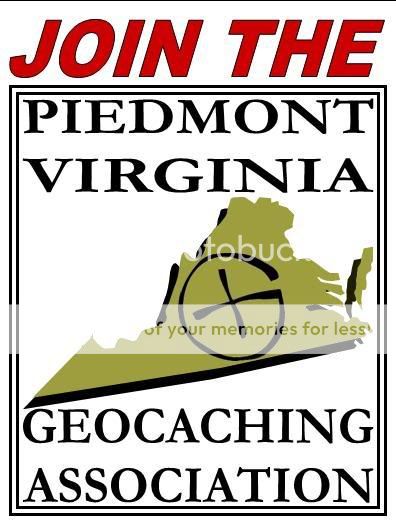Millions know of the Beale Treasure mystery from articles and
special programs on ABC, Fox TV, History Channel, Travel Channel,
BBC, CBS and even Seoul Broadcasting. But the puzzle still defies
solution. Is the treasure real? Where did it come from? Where is
it?
The July 2005 issue of Cryptologia says "Viemeister is the most
knowledgeable expert on the history and mystery surrounding the
Beale treasure." Peter Viemeister is the author of seven history
books, including the now-classic resource book, The Beale
Treasure - NEW History of a Mystery. Now he has written a brand
new book, a novel:

This novel reveals who put it there, how they did it, what
became of it, and what became of them, while struggling with
ethical and moral issues.
The intrigue begins in the chaotic final days of
the Civil War. An elite team of VMI officers begin a covert mission
to protect part of the Confederate Treasury. They disguise the
hoard and use multiple ruses and a tangled web of deteriorating
railways to survive a series of Yankee attacks, finally concealing
the assets in a secret place.
At War's end, the Confederacy collapses and only a
select few know about the very existence of the stash. What to do?
Torn between temptation and obligation, and coping with unforeseen
violence and killings, the team recommits itself to duty and honor
and embarks on an inventive, new mission... with surprising
results.
INTRODUCTION
To hunt this cache successfully, you will need
the following information:
-
First, 19th century surveyors used the
Gunter's Chain as their primary measurement. A Gunter's Chain is 66
feet in length. Each chain consists of 4 Poles (which are 16.5 feet
in length each). A Gunter's Chain also consists of 100 Links (each
link measures 7.92 inches).
-
Second, they used the Quadrant System
of giving compass bearings. Instead of using a 360 degree bearing
(Azimuth) like we do today (due south would be 180 degrees), they
divided the compass into four quadrants of 90 degrees each. You
will need to translate the Quadrant bearings below to Azimuth
bearings. A great guide for doing this conversion can be found at
the
Kansas Society of Land Surveyors website.
You will need the following tools, in addition
to your GPSR:
Please follow all park rules when searching
for this cache. Bikes may be used on paved and double track unpaved
trails, but not on single track trails. This cache is completely
contained within the Blackwater Creek Natural Area, and a one-way
hike/walk of about 4.5 miles can be anticipated, if it is all done
on foot (with proper mapping and knowledge of the park system, a
car can be used to reach the final stage, and this distance can be
reduced).
SURVEY STATION #1
N37° 25.421' W079°
10.680'
This is the junction of the Blackwater Creek
Bikeway, Beaver Trail, and Freer Trail. Of the three posts at this
intersection, look for the short (1 foot) post, and use this as
your base station for taking your compass sighting. From this post,
proceed 10 poles, 22 links at a bearing of South 63 degrees
West.
After the Civil War, one of the VMI Cadets
(known only by his initials “J.R.D.”) involved in the operation
returned to help mark the location of the treasure. His carving
features an elaborate star and wings pattern. What year did he make
his mark?
___ ___ ___ ___
A
B B C
SURVEY STATION #2
N37° 25.170' W079° 10.429'
Another cadet marked this station with a
Magnolia tree that is more uncommon than the typical Southern
Magnolia. Standing on the uphill side of the tree, rest your
compass against the uphill face of the tree, and shoot a bearing of
North 41 East. At a distance of approximately 21 poles, you will
find a small cave. Of the several rock features in this area, you
are looking for the chamber that has an oblong porthole-like
opening, and is more than 25 feet above the road level.
Two North Carolina Infantrymen, William
Lipscomb and G.W. Spence, were stationed at this cave during the
last days of the war. They left behind a key clue carved into the
wall. To the upper left of Lipscomb and Spence’s names, what
two-digit number did they inscribe?
___ ___
D E
While you are
here, be sure to grab the
Plymouth Rock Cache, if you have not done so
already.
FINAL CACHE LOCATION
Fill in the blanks with the numbers from the above
stops.
|
|
|
|
|
|
|
. |
D |
C |
E-1 |
|
|
|
|
|
|
|
|
. |
B+1 |
A |
E-1 |
|
North |
3 |
7 |
|
2 |
4 |
. |
|
|
|
|
West |
0 |
7 |
9 |
|
1 |
0 |
. |
|
|
|

